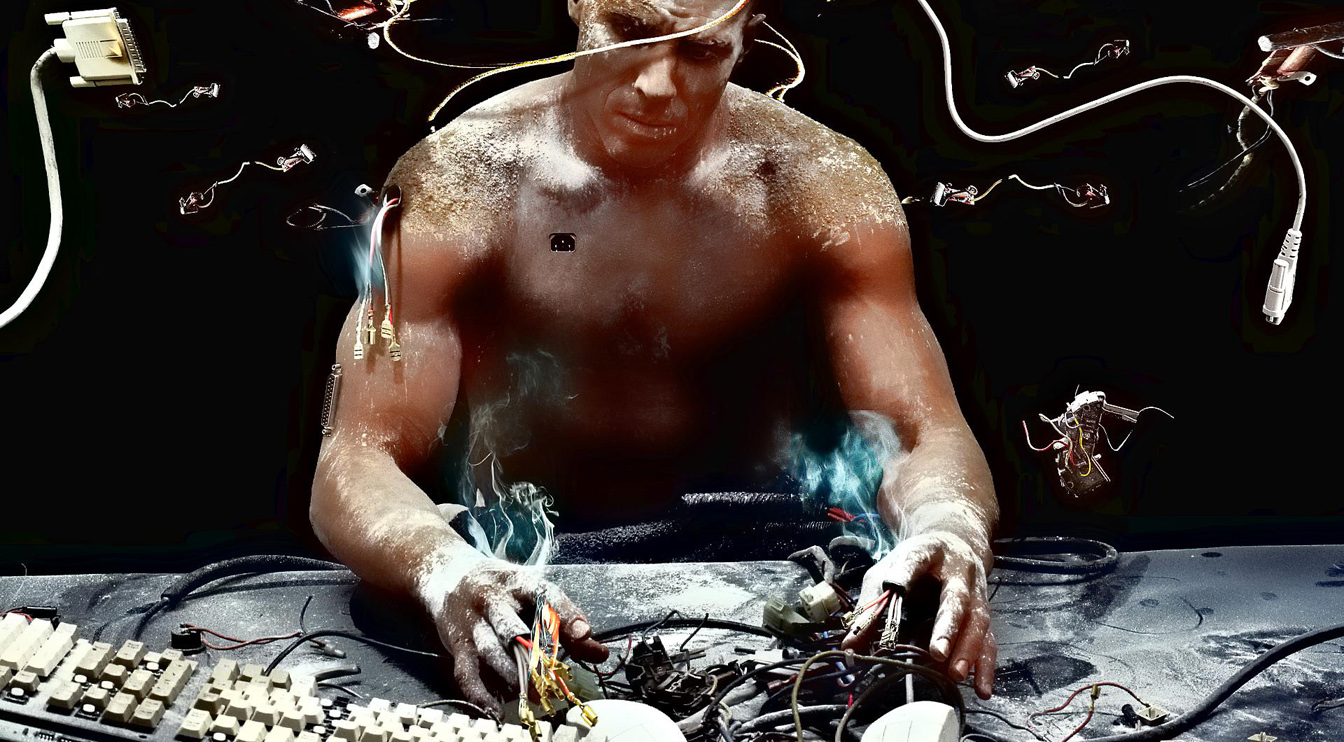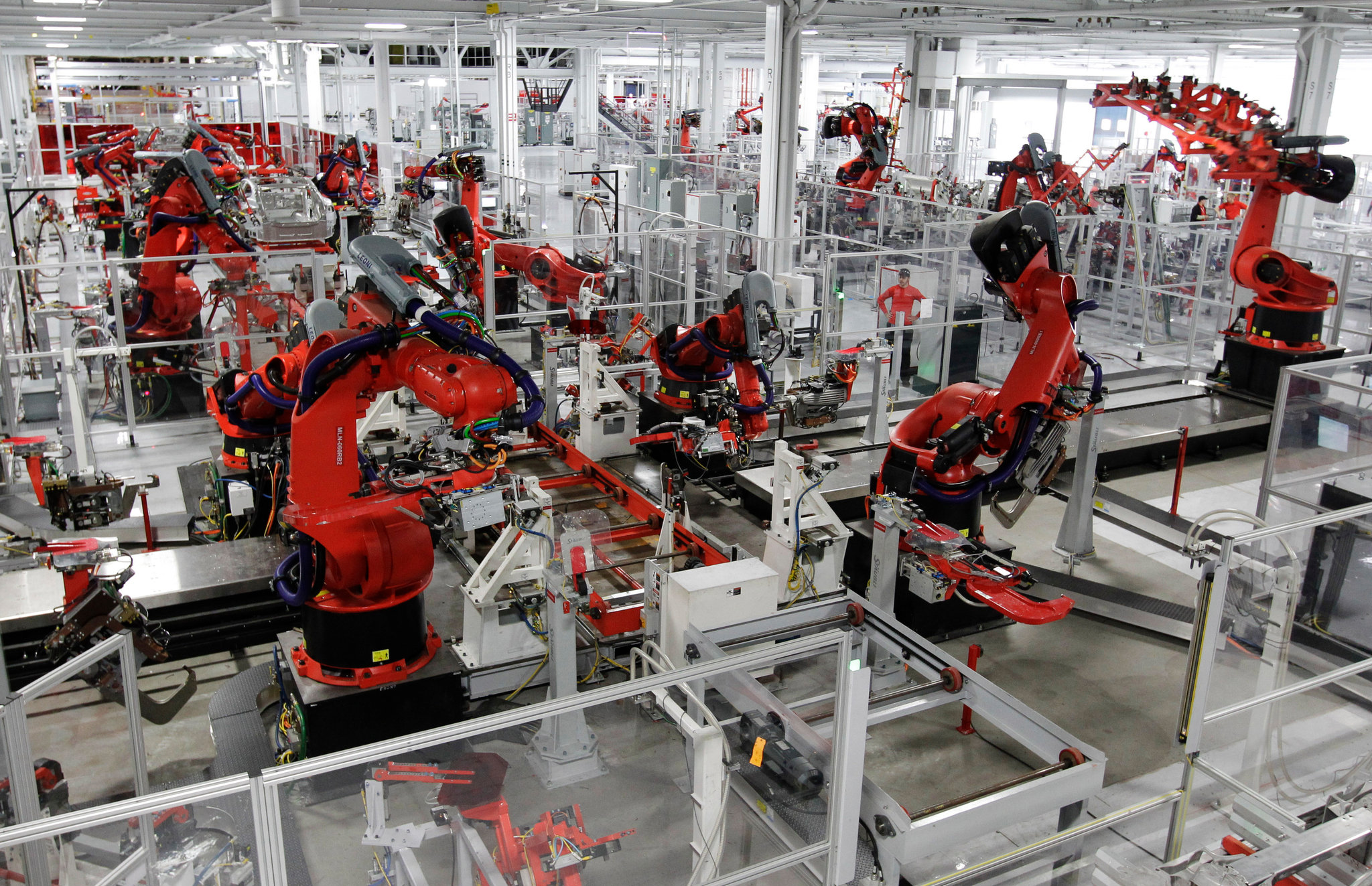Robots are taking over iPhone manufacturer Foxconn: the world’s biggest contract fabricator has successfully replaced as many as 60,000 factory workers with sophisticated machines that use artificial intelligence to perform elaborate assembly work more efficiently than humans do, a government official told the South China Morning Post.
One Foxconn plant has “reduced employee strength from 110,000 to 50,000 thanks to the introduction of robots” and “more companies are likely to follow suit,” said Xu Yulian, head of publicity for the Kunshan region in the Jiangsu province, which is a manufacturing hub for the electronics industry.
Rise of the machines
35 Taiwanese companies, Foxconn included, spent 4 billion yuan (about $610 million) on artificial intelligence last year, as per official data. About 600 major companies in Kunshan are planning to tap artificial intelligence to replace workers with robots.
Foxconn Technology Group confirmed to the BBC that it was automating “many of the manufacturing tasks associated with our operations.”
Still, Foxconn insists that using robots does not entail long-term job losses.
The company would typically employ about 100,000 assembly line workers during peak iPhone production. It is believed that Apple’s supply chain employs, directly or indirectly, about a million people.
Robots are killing manufacturing jobs
“We are applying robotics engineering and other innovative manufacturing technologies to replace repetitive tasks previously done by employees,” said Foxconn.
“Through training, we also enable our employees to focus on higher value-added elements in the manufacturing process, such as research and development, process control and quality control,” said the firm.
Foxconn said it would continue to “harness automation and manpower” in its manufacturing operations. Despite the massive deployment of these robots, Foxconn expects to maintain its “significant workforce” in China.
Versatile robots in Tesla’s new Fremont, California plant can perform up to four functions: welding, riveting, bonding and installing a component.
A report from consultants Deloitte in partnership with Oxford University, cited in the Economist, said that a disturbing 35 percent of jobs were at risk over the next 20 years due to automation and robotics.
“It’s cheaper to buy a $35,000 robotic arm than it is to hire an employee who is inefficient, making $15 an hour bagging French fries,” former McDonald’s chief executive Ed Rensi told the US’s Fox Business channel.
Meet the Foxbots
First mention of Foxxcon robots dates back to an August 2011 report claiming the manufacturer would replace assembly line workers with machines in the next 3 years.
The following year, Foxconn began deploying some robots which initially played more of a supporting role in assembly work. The company originally planned to outfit its manufacturing facilities with more than 10,000 robots, each costing between $20,000 and $25,000 to build, ringing up the total cost to at least $250 million.
Each Foxbot can apparently assemble an average of 30,000 devices.
In February 2014, Foxconn Chairman Terry Gou met Google’s Andy Rubin to discuss using Google’s robotics operating system for manufacturers to “speed up robot deployment” at its manufacturing facilities.
Should we be concerned that much of our manufactured environment is being increasingly built by machines replacing human workers?
Source: The South China Morning Post



